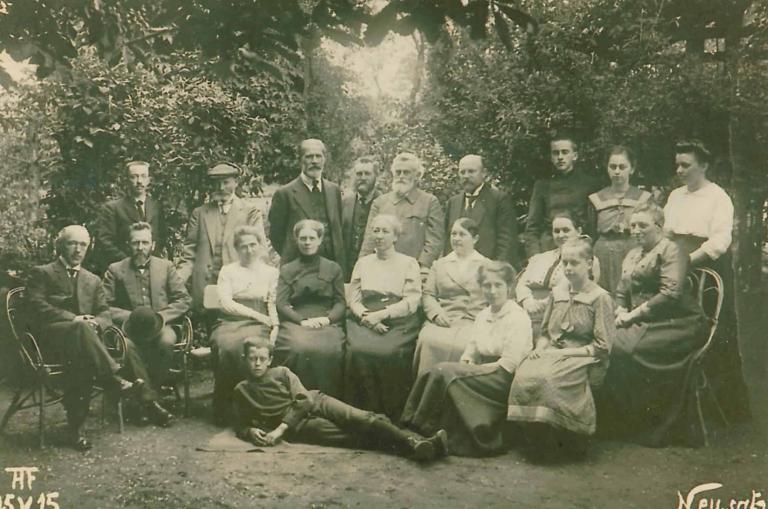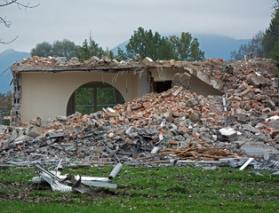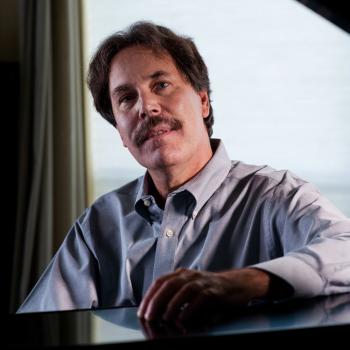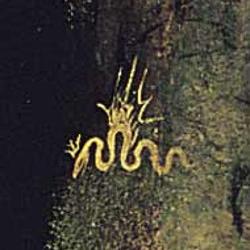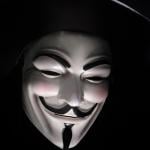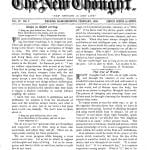I knew about the Lutherans who came out of the woodwork in Siberia after the Soviet Union fell apart, descendants of the church members whom Stalin shipped there on boxcars who kept their faith alive by worshiping in secret and continuing to catechize their children despite brutal persecution.
But I did not know about the even more brutal persecution that led up to that forced removal, including the criminalization of all expressions of faith and the systematic killing of pastors.
That story is told in The Gates of Hell: An Untold Story of Faith and Perseverance in the Early Soviet Union, another first-rate publication from Lexham Press. The author is Matthew Heise, an LCMS pastor and missionary in Russia who is the director of the Lutheran Heritage Foundation.
I was asked to review the book for Religion & Liberty, a journal of the Acton Institute edited by Anthony Sacramone. Reading the book was an overwhelming experience. I recommend it highly, not only for its inspiring accounts of ordinary pastors and laypeople–ones that will remind you of your own congregation– being martyred for their faith, but also for its account of how these horrors came on gradually, in some ways that parallel what is happening today.
Here is my review, which you can start here and then finish by clicking the link to the Religion & Liberty site:
Lutherans Under Communism
by Gene Edward Veith
Lutherans have been in Russia since the time of the Reformation. Ivan the Terrible, wanting to bring Russia into the 16th century, invited German craftsmen and tradesmen to settle in the country. He allowed the first Lutheran church to be built just outside Moscow in 1576. Four years later, he ordered it to be burned down.
That sums up conditions for Russian Lutherans under the czars. Sometimes they were favored; at other times, repressed. Until the 20th century, it was illegal for any ethnic Russian to have any religion other than Russian Orthodoxy.
And yet the czars had a habit of marrying Lutheran princesses—though a condition of the marriage was that she convert to Orthodoxy—a practice continuing all the way to the final ill-fated holder of that office, who was married to Alexandra of Hesse. Peter the Great was married not to a princess but to a Lutheran serving girl; one of those Lutheran princesses, however, would become Catherine the Great. Both of these “Great” monarchs brought into the country large numbers of Lutheran farmers, merchants, and well-educated professionals.
The Germans were not the only Lutherans in Russia. The Russian Empire and then the Soviet Union included the staunchly Lutheran Ingrians, Estonians, and Latvians, as well as a smattering of Finns, Swedes, and Lutheran Armenians. By the 1917 revolution, there were 3,674,000 Lutherans scattered throughout Russian cities, villages, and the vast countryside.
The Gates of Hell by Matthew Heise, director of the Lutheran Heritage Foundation and a long-time missionary in the region from the Lutheran Church–Missouri Synod, is a history of the Lutheran church in Russia from the time of the Bolshevik Revolution to World War II. The book is a gripping and instructive account of the state’s efforts to use economic, cultural, legal, and violent means to exterminate a church.
Class Struggle vs. the Golden Rule
At first, with the czar’s restrictions lifted, the Lutherans flourished. They managed to organize themselves into one church body, the Evangelical Lutheran Church of Russia, with two bishops. They opened a seminary in Leningrad. They worked with American government and church-related relief agencies in the famine and food shortage that followed the revolution.
Then the Bolsheviks began to implement their anti-religion policies. They proclaimed freedom of religion but only as a private matter; all religion had to disappear from the public square. They confiscated church property, took over all schools, and censored religious publications.
Priests and pastors were labeled “non-productive elements,” since they engaged in no physical or other productive labor, and so were excluded from the “workers’ paradise.” They were described as “former persons,” along with czarist aristocrats and functionaries of the old regime. As such, they had no rights of citizenship, could not vote, were given no food rations, lost their parsonages, and had to pay higher taxes. In addition, their children were not allowed to attend universities.
In response, church members, many of whom also lost their homes and farms, tithed like never before to support their pastors and their congregations. Lutherans from other countries, especially the Russian Germans who had migrated to the American Midwest, sent contributions.
Then came Stalin’s first Five-Year Plan, in 1929, one of whose goals was the complete elimination of Christianity in Russia.
Photo: Party celebrating the ordination of Friedel Hörschelmann (June 1918). From Gates of Hell. via excerpt online: War, Revolution, and Reformation:
Within twelve years of this gathering, both elder and younger Hörschelmanns would die in Soviet Gulag labor camps. Three of the other pastors in the photo, Arnold Frischfeld, Arthur Hanson, and Emil Choldetsky, would also walk the path to Golgotha that so many believers in Russia would travel. The young man lying in the foreground, a future organist for Sts. Peter and Paul Lutheran Church in Moscow, was the youngest son of Ferdinand Hörschelmann. He would also serve a stint in the Gulag and eventually be murdered when he was thrown from a train by Soviet criminals.


